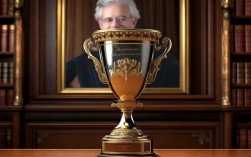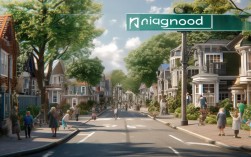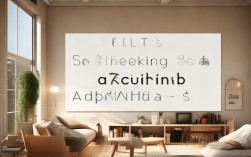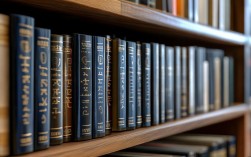A History Period: The Renaissance
The Renaissance, a transformative period in European history, emerged in the 14th century and lasted until the 17th century. Marked by a revival of interest in classical art, literature, and philosophy, this era bridged the Middle Ages and modernity. Centered initially in Italy, particularly in cities like Florence and Rome, the Renaissance spread across Europe, influencing nearly every aspect of society. Below, we explore its key characteristics, notable figures, and enduring legacy.
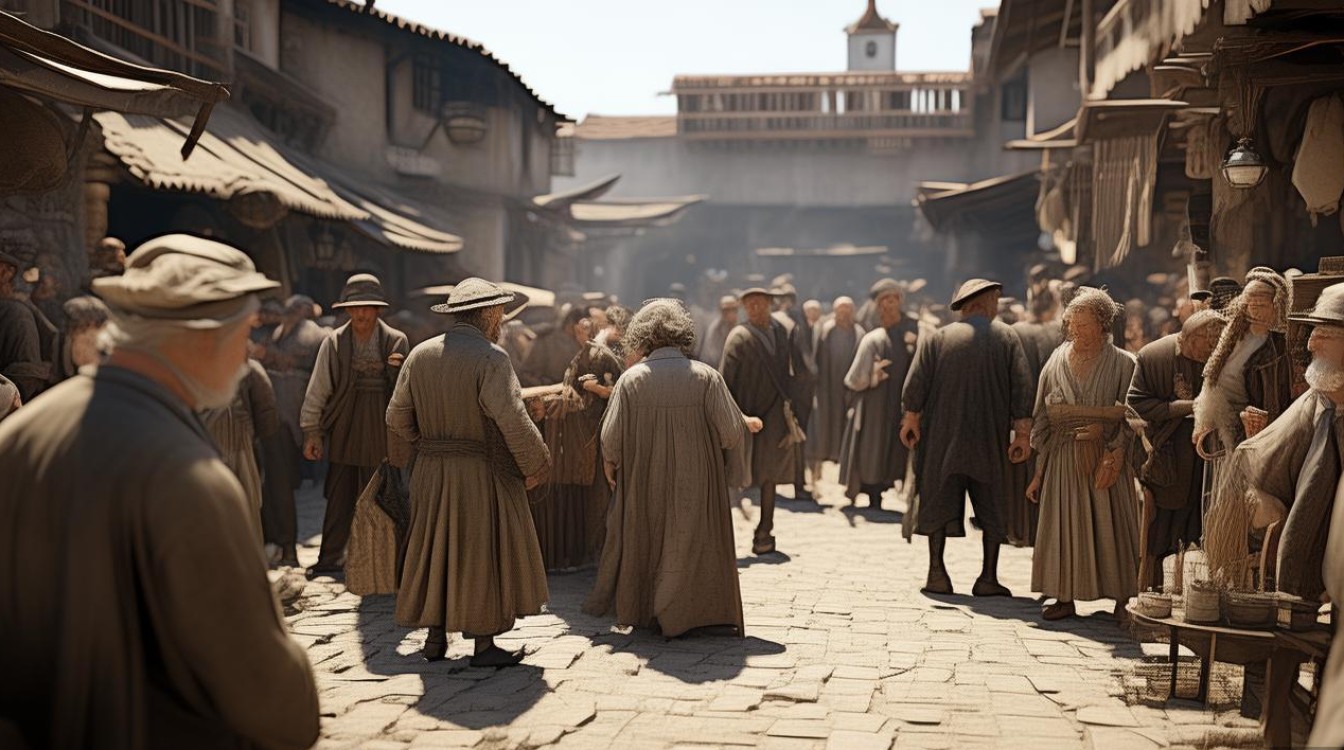
Origins and Context
The Renaissance began in Italy due to several factors: the wealth of city-states like Florence, which funded artistic and intellectual endeavors; the rediscovery of ancient Greek and Roman texts; and the decline of feudalism, which allowed for greater cultural exchange. The period followed the Middle Ages, a time often dominated by the Church and rigid social structures. The Renaissance, however, emphasized human potential, individualism, and secularism—ideas that laid the groundwork for modern Western civilization.
Key Characteristics
-
Art and Architecture
Renaissance art broke from the flat, symbolic style of the Middle Ages, embracing realism, perspective, and anatomical accuracy. Masters like Leonardo da Vinci, Michelangelo, and Raphael created timeless works such as the Mona Lisa, the Sistine Chapel, and The School of Athens. Architecture also revived classical forms, with buildings featuring domes, columns, and symmetry—exemplified by Brunelleschi’s Dome in Florence. -
Science and Technology
The period saw significant advancements in science. Nicolaus Copernicus proposed a heliocentric model of the universe, challenging the Church-approved geocentric view. Galileo Galilei’s telescopic observations further revolutionized astronomy. Additionally, the printing press, invented by Johannes Gutenberg, enabled the mass production of books, spreading knowledge widely. -
Literature and Philosophy
Writers like Dante Alighieri, Petrarch, and Erasmus revived classical languages and themes. Humanism, a philosophical movement, emphasized the study of humanities (e.g., rhetoric, history) and the value of human experience. Thomas More’s Utopia and Shakespeare’s plays reflected this focus on human nature and society.
Major Figures and Their Contributions
| Name | Field | Key Contributions |
|---|---|---|
| Leonardo da Vinci | Art/Science | Mona Lisa, anatomical studies, flying machines |
| Michelangelo | Art/Sculpture | David, Sistine Chapel ceiling |
| Galileo Galilei | Science | Telescope, laws of motion |
| William Shakespeare | Literature | Hamlet, Romeo and Juliet |
Legacy and Impact
The Renaissance reshaped European culture by promoting critical thinking, secularism, and artistic innovation. Its emphasis on individual achievement paved the way for the Enlightenment and the Scientific Revolution. Moreover, the period’s focus on humanism influenced modern education, democracy, and human rights.
FAQs
What caused the Renaissance to begin in Italy?
The Renaissance started in Italy due to a combination of factors: the wealth of Italian city-states (e.g., Florence, Venice), which patronized artists and scholars; the rediscovery of classical texts; and the region’s geographic position, facilitating trade and cultural exchange with the Byzantine Empire and the Islamic world.
How did the printing press impact the Renaissance?
The printing press, invented around 1440, revolutionized the spread of knowledge by making books cheaper and more accessible. It allowed ideas to circulate rapidly, fueling the Renaissance’s intellectual and cultural movements. It also standardized languages, aided education, and challenged the Church’s monopoly on information.



